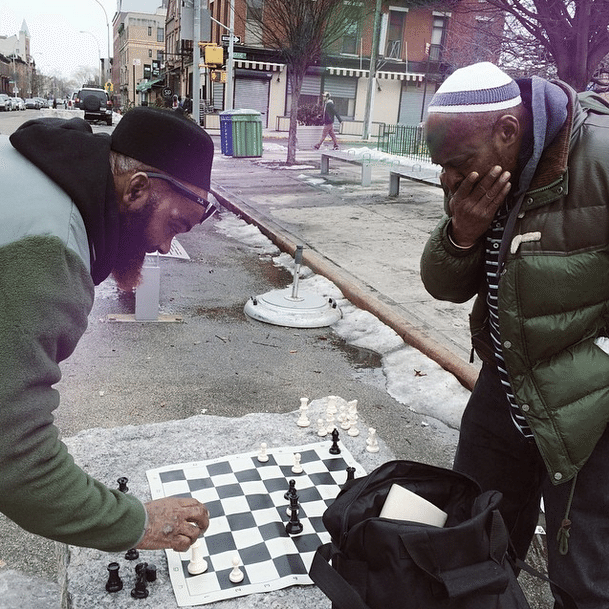Record Your Memory Of Our Clinton Hill Streets And Stories For Brooklyn Public Library’s Oral History Project


It looks like now is the time for Clinton Hill nostalgists and history buffs to shine.
Last week, we brought you word of Clinton Hill Library’s “Show And Tell” oral and photographic history project (which is collecting stories and photos during August, to be on display throughout September). Now, we get to spread the word about another oral history project — organized by the Brooklyn Public Library (BPL) Department of Outreach Services.
Entitled “Our Streets, Our Stories,” the oral history initiative “seeks to explore the Brooklyn that is and the Brooklyn that was, from the words of the community that lives here,” explains BPL’s Emma Clark.
“The goal of the project is to create neighborhood-specific history archives based around interviews with Brooklyn residents, in order to record and preserve the history of our changing neighborhoods before it is forgotten,” said Clark. “As a public library, we are uniquely positioned to not only witness the change taking place all around us, but also to record and preserve the history of our neighborhoods before that history is forgotten.”
Specifically, senior citizens and older adults — the keepers of our memories — as well as anyone who has done significant work in the area are encouraged to participate, so if you know of any (grandma and grandpa?) or work with them through your local organization, email Clark at EClark@bklynlibrary.org.
There will also be occasional in-neighborhood sessions. The first is next Monday, August 10 from 11am-1pm at the Clinton Hill Library. Walk-ins are welcome.
Eventually, the spoken stories will be recorded and placed online along with other interviews conducted and photos scanned.
“We want to know what makes Clinton Hill unique, and record the perspectives and memories of the people that live and work here in order to illuminate the changes in the neighborhood in a specific and personal fashion,” Clark added. “This is not a commercial enterprise in any fashion, rather it is an outreach initiative of the public library designed to connect neighborhood residents with their local history and to facilitate conversations about the changing face of the neighborhood.”




